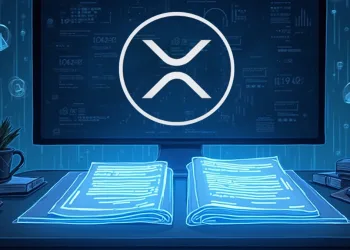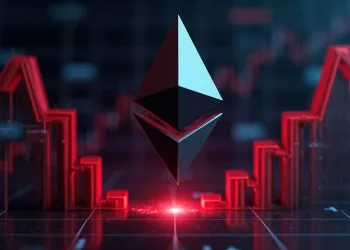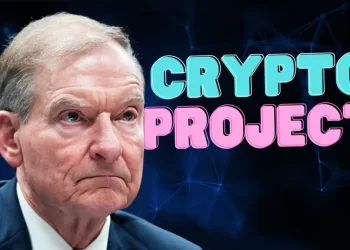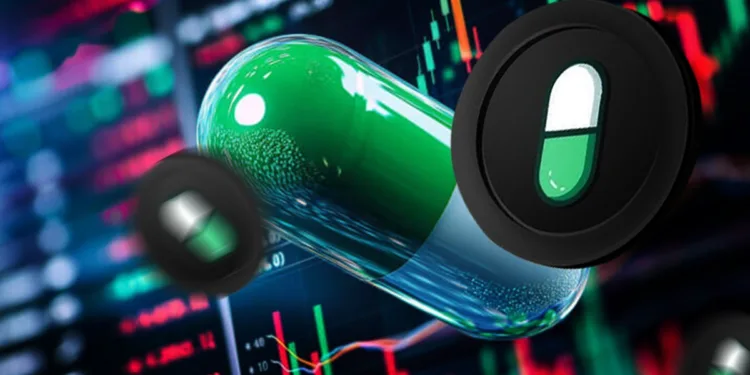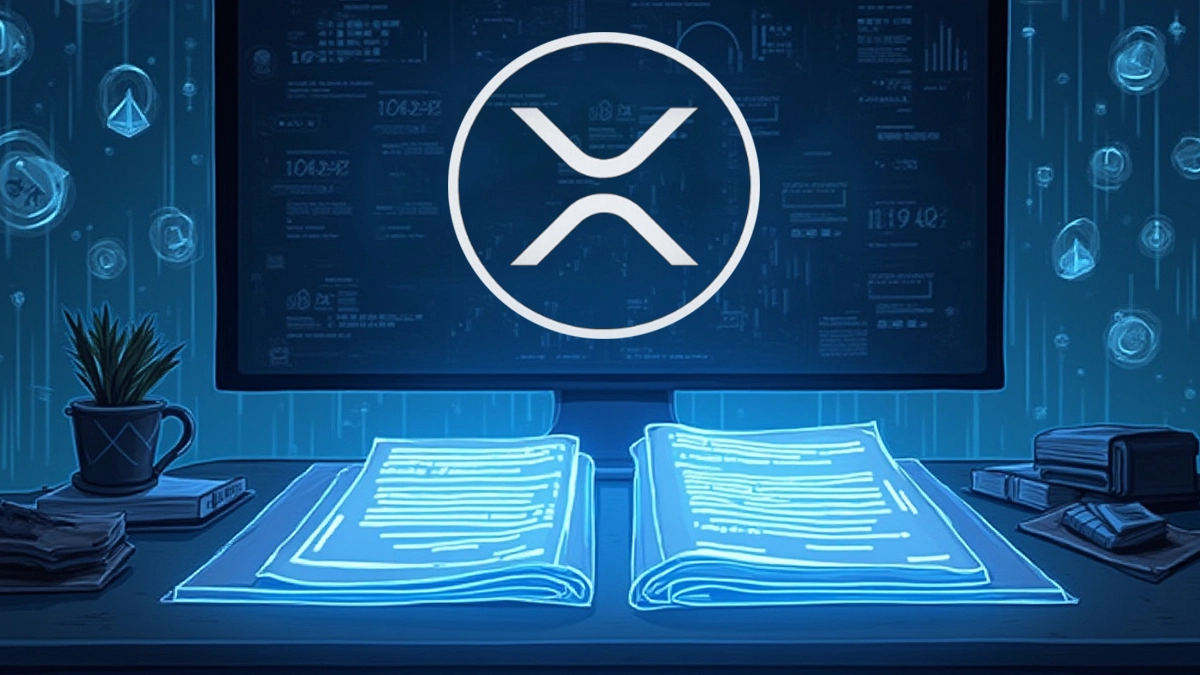- Solana’s memecoin-driven retail boom is fading as utility and institutions take focus.
- Firedancer’s launch could boost Solana’s scalability to over 1 million TPS this year.
- Stablecoin growth and DePIN adoption show Solana’s shift to real-world applications.
Solana’s rapid rise in 2024 was largely fueled by memecoin mania, which drove its transaction volume, revenue, and user base to record highs. According to Coingecko data, platforms like Pump.fun simplified token creation, resulting in hundreds of thousands of new coins. For a while, Solana outpaced nearly every blockchain in retail engagement and decentralized app (dApp) revenue. However, that narrative has shifted.
After its memecoin-driven rally, what’s next for $SOL in 2025?
— CoinGecko (@coingecko) June 16, 2025
In this video, we dive into major progress like Firedancer, Solana Seeker phone and more key developments shaping the network.
Watch the full video 👉 https://t.co/xx7YL3WZBi pic.twitter.com/SfTZbFKrzH
Institutional Moves and Firedancer Milestones
While retail excitement has cooled, institutional interest in Solana is gaining momentum. Major players like Grayscale, VanEck, and Bitwise have filed for spot Solana ETFs.
The U.S. SEC is currently reviewing these applications, with decisions expected by October. The listing of Solana futures on CME in March added more weight to the case for an ETF, echoing the path taken by Bitcoin and Ethereum.
Meanwhile, Firedancer, a long-awaited validator client developed by Jump Crypto, could reshape Solana’s infrastructure. Unlike previous clients Agave and Jito, which are forks of the same codebase, Firedancer was built from scratch. This brings improved redundancy and scalability.
Early tests show Firedancer may support over 1 million transactions per second. A prototype, Frankendancer, is already running on mainnet. The full launch is expected later this year.
From Memecoins to Real-World Use Cases
As memecoin activity dwindles, Solana is pivoting toward utility-based narratives. PayPal recently launched its PYUSD stablecoin on Solana, leveraging new Token Extensions to improve transaction privacy and usability. Circle has also scaled up its USDC issuance on the network, crossing $9 billion in 2025 alone.
Additionally, Solana is gaining ground in DePIN (Decentralized Physical Infrastructure Networks) through projects like Helium and Render Network. These applications use blockchain to decentralize wireless services and computing resources. Solana’s low fees and high throughput make it well-suited for such demands.
Solana’s Outlook: Risk and Recovery
Despite network improvements and institutional momentum, Solana is still recovering from trust issues caused by scams. In 2024 alone, over 4 million tokens launched on the network. This sheer volume opened doors to fraud. The LIBRA rug pull, which lost billions within hours, was the most damaging incident.
Nevertheless, Solana is pushing forward. With its new Seeker phone, increasing developer activity, and strong infrastructure investments, the blockchain could rebound. Whether it sparks another bull run may depend on how well it rebuilds confidence and delivers on real-world value.






